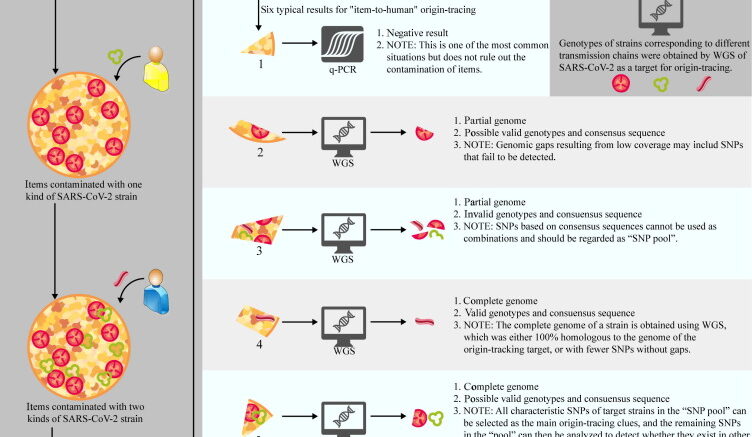Wang, et al. (2022) report that the first wave of coronavirus disease 2019 (COVID-19) outbreak in mainland China was declared controlled after April 2020. Since then, the origins of all local outbreaks were imported cases of COVID-19 infection or imported articles contaminated with severe acute respiratory syndrome coronavirus 2 (SARS-CoV-2).
As the researchers note, "The volume of import and export trade in China is enormous, and the entry of SARS-CoV-2-contaminated articles into China is inevitable. Additionally, SARS-CoV-2 can survive on the surface of noncold-chain products for prolonged periods in cold environments during fall and winter. Consequently, human contact with contaminated items may result in infection. Although incidental, infection can lead to local COVID-19 outbreaks and even multiple transmission chains caused by different SARS-CoV-2 strains circulating within the same area. Thus, it should be noted that performing SARS-CoV-2 origin-tracing on items suspected of being contaminated presents several difficulties."
The researchers add, "First, the number of articles or environmental samples is very large compared to the number of infected individuals, and sampling process may not target contaminated areas, resulting in failure to detect contamination. Second, the viral load in articles or environmental samples is low, and whole genomes are not easily obtained for whole genome sequencing (WGS). Third, even when WGS results from article samples are available, data analysis and interpretation are complex. Therefore, this study aimed to explore the possible causes of local outbreaks caused by articles contaminated with SARS-CoV-2 and share “item-to-human” origin-tracing methods.
Reference: Wang J, et al. Possible processes and origin-tracing methods of “human-to-item” contamination and “item-to-human” infection with SARS-CoV-2. Biosafety and Health. Volume 4, Issue 4, August 2022, Pages 209-212.
